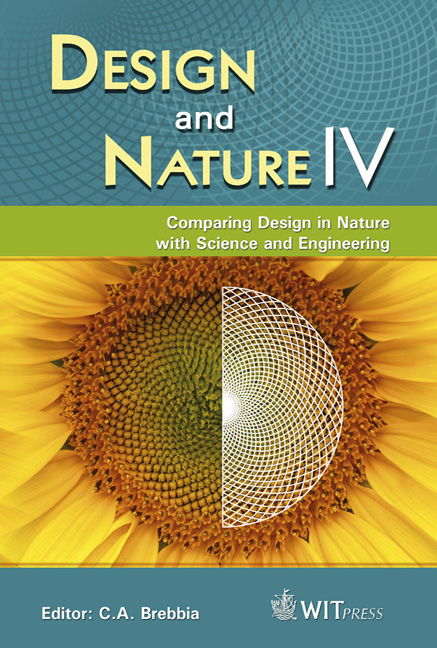Eco-systematic Restoration: A Model Community At Salton Sea
Price
Free (open access)
Transaction
Volume
114
Pages
11
Page Range
201 - 211
Published
2008
Size
2,362 kb
Paper DOI
10.2495/DN080211
Copyright
WIT Press
Author(s)
I. Mazzoleni & Team (P. Ra, A. Barthakur, S. Price, V. Zajfen, S. Varma, B. Mehlomakulu, H. Portillo, S. Milner & S. Proudian)
Abstract
The traditional model of growth is a zero sum game with discrete land use typologies, where growth in one area can only happen at the expense of another. Our primary motivation in developing this model systemic community is to provide a paradigmatic shift in accommodating growth: by harnessing and integrating systems that are cyclical in nature and time, the community will rejuvenate and heal the surrounding ecology with every cycle rather than eroding it over time. The approach is holistic, in that we consider interrelationships between all processes fundamental to sustaining life and preserving nature: water and energy cycles, agriculture and seasonality, production and the exchange economy, as well as social needs of a multi-generational community. Furthermore, our strategy is hinged on the notion of restoring scarred landscapes, making them givers of life, and enhancing their integration into the surrounding ecology and life. The process of healing is emphasized by a symbiotic relationship between the community and the natural environment. The goal is to create a community that has a 0 net impact on emission, waste, energy and water while reducing the Sea salinity level and maintaining the ecosystem it supports. The paper will focus on the illustration of the model community as case study of not only sustainable architecture but as example of a biomimetic approach to design inspired by natural eco-systems. Keywords: eco-system, biomimicry, sustainability, architecture, Salton Sea.
Keywords
eco-system, biomimicry, sustainability, architecture, Salton Sea.





